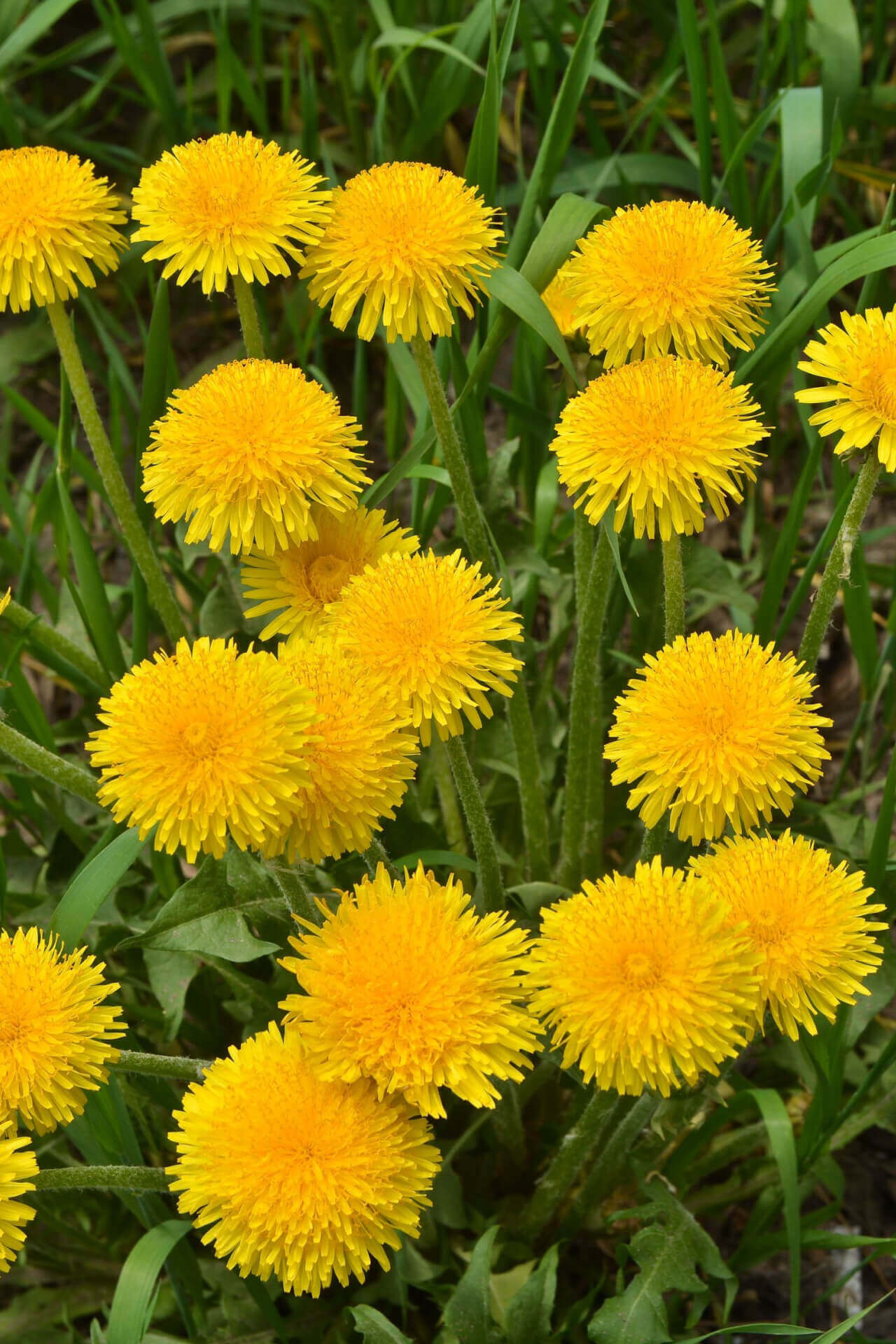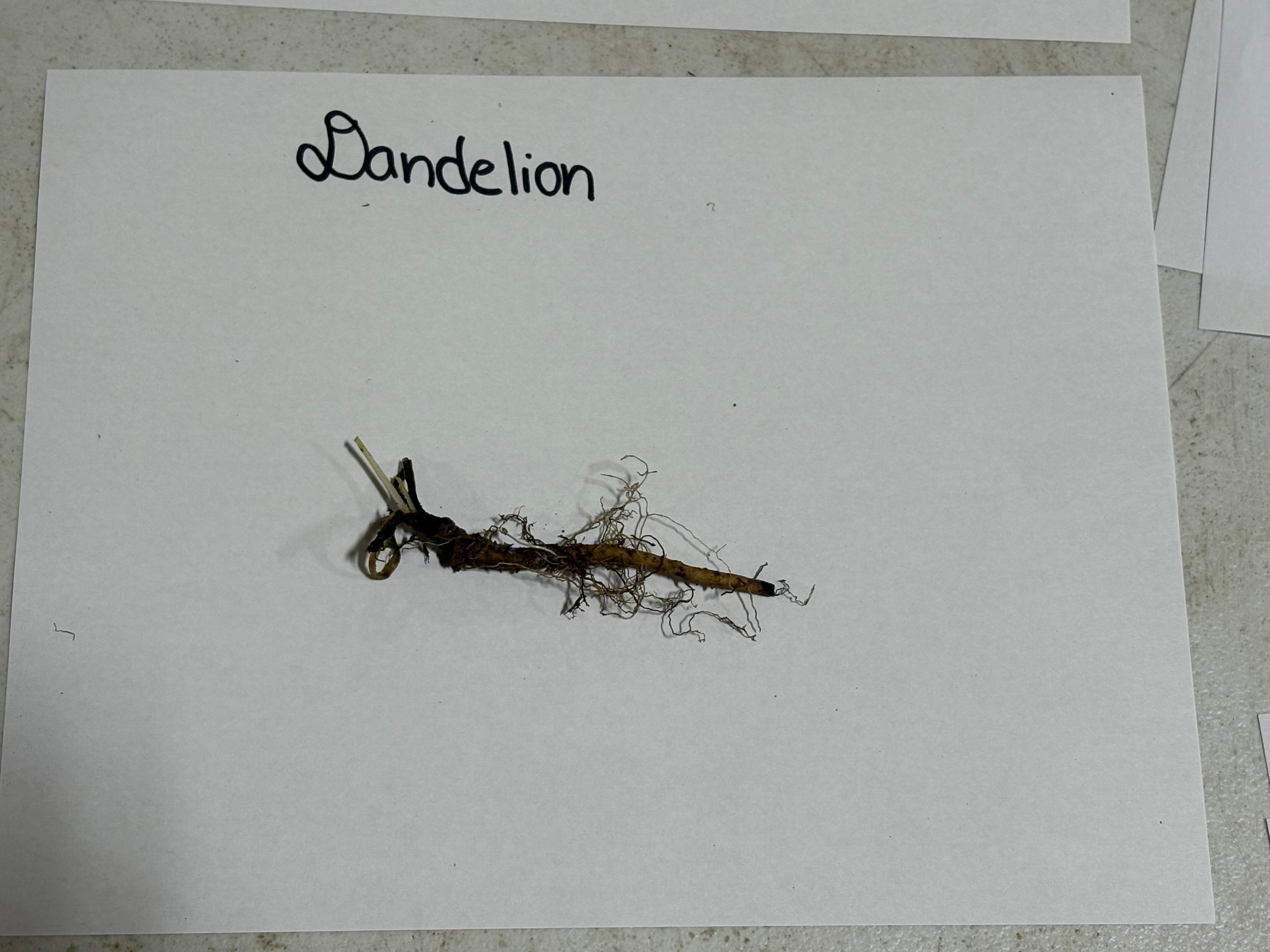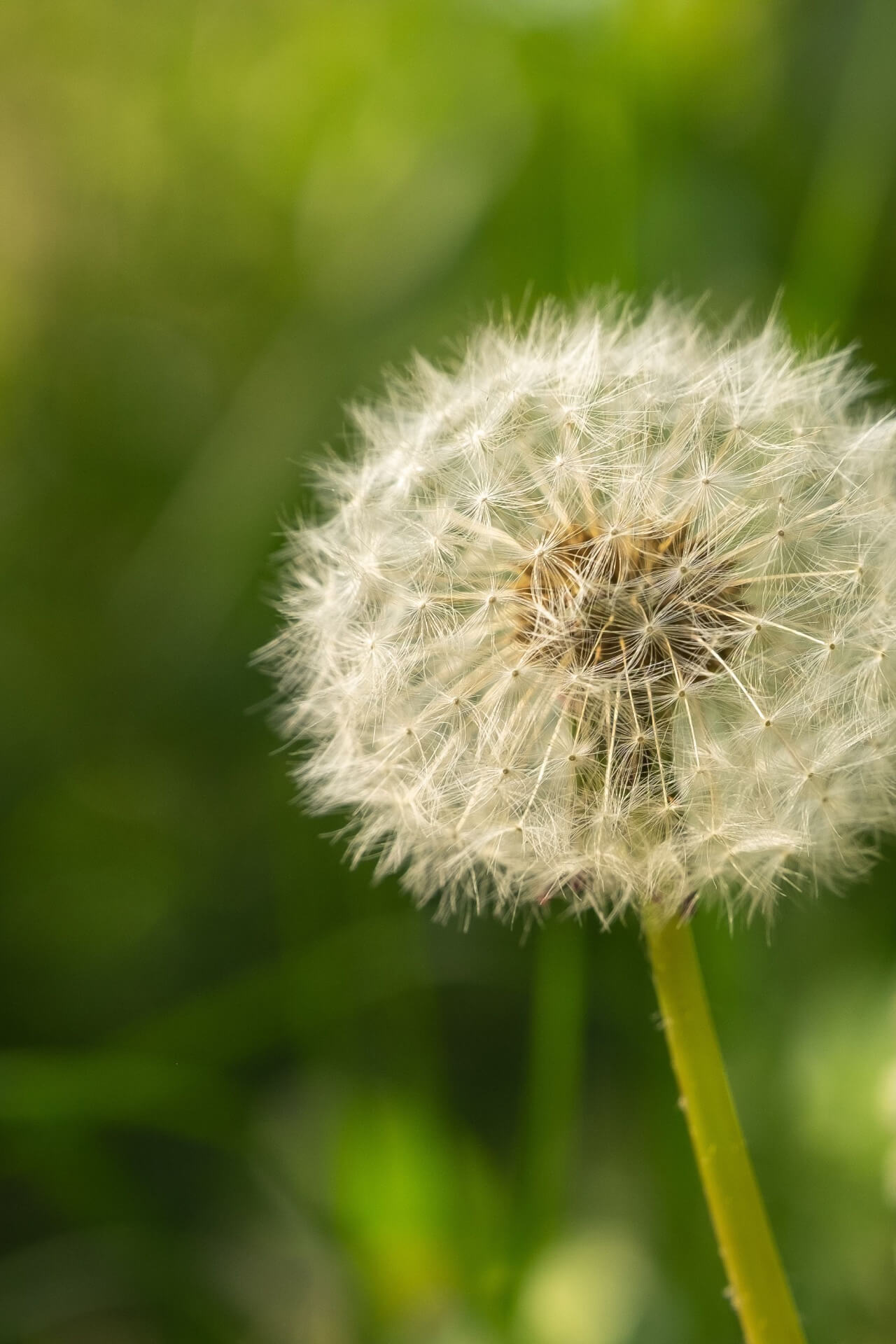Dandelion Plants For Sale
The Dandelion is a fascinating perennial plant with a rich cultural history. It is particularly irritating to lawn owners in American suburbs. Dandelion is native to Europe and Asia, and it's believed it was introduced to the United States via the May flower, where people brought it for its medicinal uses.
The plant is actually a non-native in North America, but has become naturalized across much of the United States and Canada, where it is classified as an invasive species only in Alaska and Oregon. The fluffy, yellow blooms are undeniably gorgeous, and can be found growing just about anywhere – truly, anywhere!
Plant Details - Dandelion Plant
Family: Asteraceae
Light Requirement: Full Sun, Partial Sun
Water Needs: Moderate
Height: 2-6 in
Spread: 6 in-2 ft
Growth Rate: Rapid
Soil Preference: Well-drained, nutrient-rich
Bloom Time: Early spring
Flower Color: Yellow, White
Wildlife Value: Bees, Other pollinators
Notable Characteristics - Dandelion Plant (Taraxacum)
The common Dandelion gets its name from its numerous thin, jagged yellow petals that resemble a lion's tooth, or from the French, ‘dent-de-lion’. The fluffy, yellow flower heads sit atop a hollow stem that secretes a milky liquid when broken, and the narrow, toothed leaves grow straight up from its basal rosette and are not attached to the stem.
The distinct spherical seed heads follow the flowers. Each seed has a white parachute of feathered hairs that help it catch the breeze and spread seeds far away by riding the wind. Dandelions are also completely edible. Their greens are delicious raw or cooked, the flowers can be brewed into tea or wine, or eaten raw or cooked.
This special plant growing just outside your window offers endless culinary possibilities. It also has medicinal uses, including lowering cholesterol and blood sugar or fighting inflammation.
Landscape and Maintenance: Dandelion Plant
Although they have only a light, floral fragrance, their nectar and bright yellow color still attract bees and other pollinators. The yellow plant can be an important source of food for bees and insects in early spring, when few flowers are yet in bloom.
Dandelion Plants are remarkably rapid self-seeders, with one seed head sometimes containing up to 20,000 seeds, which contributes to their status as a garden and lawn annoyance. To enjoy the plentiful yellow blossoms without them taking over your garden, try deadheading just before the flower goes to seed.
Deadhead too early, and the Dandelion will regenerate a new flower! This abundant non-native is a beneficial, special and beautiful plant. So don’t let the lawn lovers fool you, dandelions are well worth a spot in your garden!
Exposure
Dandelion plants thrive in full sun to partial shade. They prefer direct sunlight but can also adapt to less intense light conditions. However, ample sunlight encourages more vigorous growth and better flowering.
Height at Maturity
Under 12"
Usage
Pollinator Plant
Shipped As
Bare-root
Ships
Planting Zones
3-9




